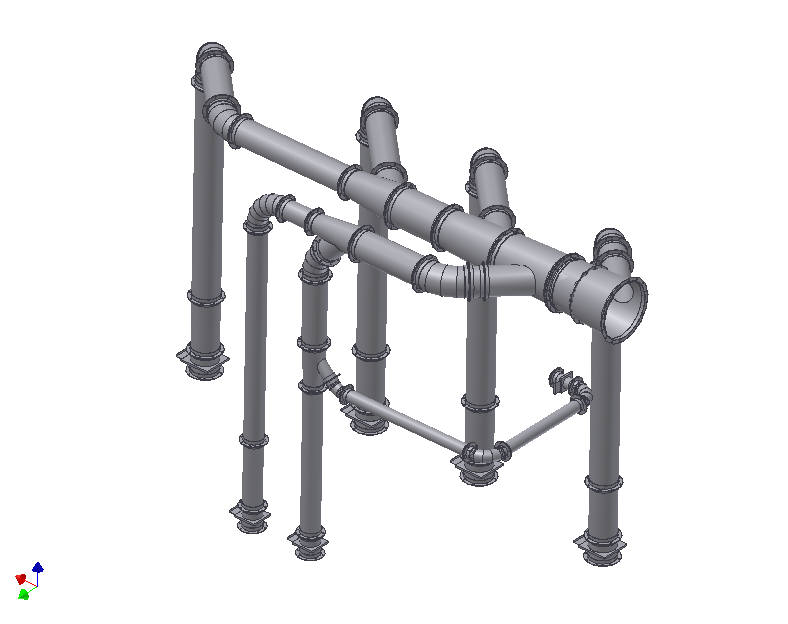A modern oil burner is a compact combination of fan, oil pump and spark generator and nozzle that all come together in a small package that puts out a big amount of heat energy.
https://www.youtube.com/watch?v=-b0uQ-_7odM
Beckett, Carlin and Riello fuel oil burners are all basically built around a squirrel cage fan that provides the draft for the flame. The same electric motor shaft that drives the fan also drives the fuel oil gear pump. The electric power that drives the motor also powers a high voltage coil or transformer which makes a continuous spark in front of the fuel nozzle to keep the flame ignited.
Fan
The squirrel cage fan is just a metal cylinder with punched metal blades all around the the circumference. Different manufacturers vary the design of the blades to provide the necessary airflow or draft to supply the flame.
Drive motor
Unique in that it has a drive adapter that powers both the pump and the fan from the same motor shaft. Motors are custom made for oil burner manfacturers and do not use standard Nema frame mounts.
OIl Pump
Over time its been determined that gear pumps are best for oil burners.
High Voltage Coil
A transformer or coil much like the spark plug coil in an automobile provides the 10,000 to 14,000 volts necessary to makea continuous arc or spark. Unlike a gas burner, an oil burner needs a constant spark to keep the oil burning. The transformer is connected to two long insulated metal rods which end about 1/4 inch in front of the main burner nozzle. The spark jumps across the gap between the two rods as the oil passes below the rods and ignites.
10,000 volts used to be the standard voltage for older oil burner models. Modern 14,000 volt transformers use electronic circuitry to boost the voltage and optimize the spark. It is said these newer transformers are more temperamental and that the older lower voltage transformers are more reliable.
Nozzles
The nozzle or nozzles are the last component in the end of the draw assembly called the end cone. The jet tube is the pipe that connects the discharge of the fuel pump to the inlet end of the draw assembly. Some larger oil burners have two draw assemblies each feeding its own nozzle. One feeds a low fire nozzle and the other feeding a high fire nozzle for switching to high capacity.
Nozzles are stamped with their oil consumption in usgpm and their spray angle. A wide spray angle like 60 degrees is used in small boilers and vessels where a wider shorter flame is needed. In larger vessels like a incinerator a 45 or 30 degree nozzle might be used to get a narrower and longer flame.
Nozzles have a filter mesh on the back to prevent dirty oil from clogging the nozzle. This filter mesh can get clogged itself over time and is usually the reason why nozzles need to be replaced.
Spark gap
Retention Head
Oil Supply
By far most burner problems can be traced back to dirty oil. Oil burners have strainers on the nozzle and filters on the pump but they only provide a limited amount of protection. You need a good filter at the fuel tank and a regular maintenance program to monitor the buildup of carbon and sludge and do cleanouts before nozzles get clogged and heat is lostt at a critical time.
Waste oil burners are especially sensitive to dirty oil. They have the addition of oil heaters and cleanable nozzles to cope with waste oil which is inherently dirty. But if you are going to use waste oil it makes sense to have a equipment like a centrifuge fitted to preclean the oil before its even stored in the tank. Waste oil often cost nothing but it will cost plenty if its so dirty that burners get gummed up and heat gets shut off at the worst moment
Another problem is oil temperature. Most of the time oil is stored indoors in the warm zone but some fuel tanks are kept outside in freezing conditions where the oil viscosity changes and the oil becomes thicker and harder to pump. In these situations you need heaters at the burner and a tigerloop system in the warm area near the burner



